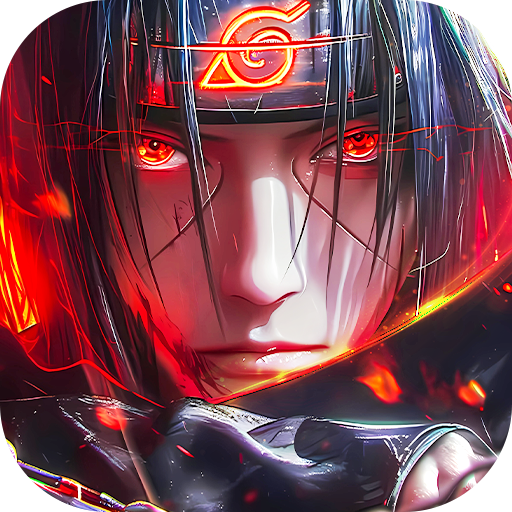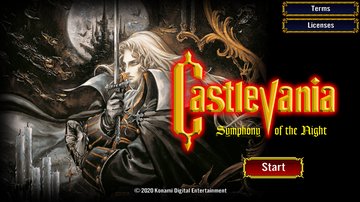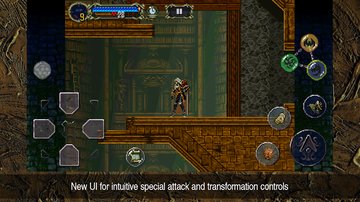"Castlevania: Symphony of the Night" stands as one of the most influential titles in the history of action-adventure games. Released by Konami for the PlayStation in 1997, it has since garnered a devoted following, admired for its deep gameplay mechanics, rich atmosphere, and memorable soundtrack. This classic title is renowned for pioneering the "Metroidvania" genre, a subcategory of action-adventure games that emphasize exploration and character progression within an interconnected world.
A Revolutionary Experience
At its core, "Symphony of the Night" continues the legacy of the Castlevania series with a fresh perspective. Unlike its predecessors, which followed a linear path, this game introduces an expansive, non-linear map. Players explore Dracula's castle in a free-form manner, encountering new areas, items, and secrets in a way that significantly enhances replay value.
Gameplay and Mechanics
The gameplay of "Symphony of the Night" is characterized by its blend of RPG elements with traditional action-platforming. Players assume the role of Alucard, Dracula’s son, who awakens to a world where his father’s castle has mysteriously reappeared. Unlike earlier Castlevania titles, which focused on rigid level progression, the game allows for a more open-ended exploration. Alucard's abilities can be customized through equipment and spells, giving players the freedom to tailor their gameplay experience.
Combat is intuitive and fluid, featuring a range of weapons, magical abilities, and transformations. Alucard can transform into a bat, wolf, or mist, each form providing unique abilities to navigate the castle's intricate design. The game's RPG elements include leveling up, acquiring new gear, and discovering secrets that affect gameplay and story.
Art and Music
The visual design of "Symphony of the Night" is a testament to its artistic direction. The game features detailed sprite-based graphics and a dark, gothic aesthetic that captures the essence of the Castlevania universe. The intricate backgrounds and character designs contribute to the immersive atmosphere, making exploration a visually engaging experience.
Equally notable is the soundtrack, composed by Michiru Yamane. The music of "Symphony of the Night" is celebrated for its atmospheric quality and variety, ranging from haunting melodies to energetic themes that complement the game's pacing. The soundtrack has achieved a status of its own, often praised and remembered by fans long after the game's release.
Legacy and Influence
"Castlevania: Symphony of the Night" has left an indelible mark on the gaming industry. Its innovative approach to level design and gameplay mechanics has inspired countless games within the Metroidvania genre. The title’s success led to it being ported to various platforms, including the Sega Saturn and Xbox Live Arcade, ensuring its accessibility to new generations of gamers.
The game's influence extends beyond its mechanics, shaping how subsequent titles in the Castlevania series approached exploration and progression. "Symphony of the Night" is often cited as a quintessential example of game design that successfully integrates narrative, gameplay, and art to create a memorable experience.

























